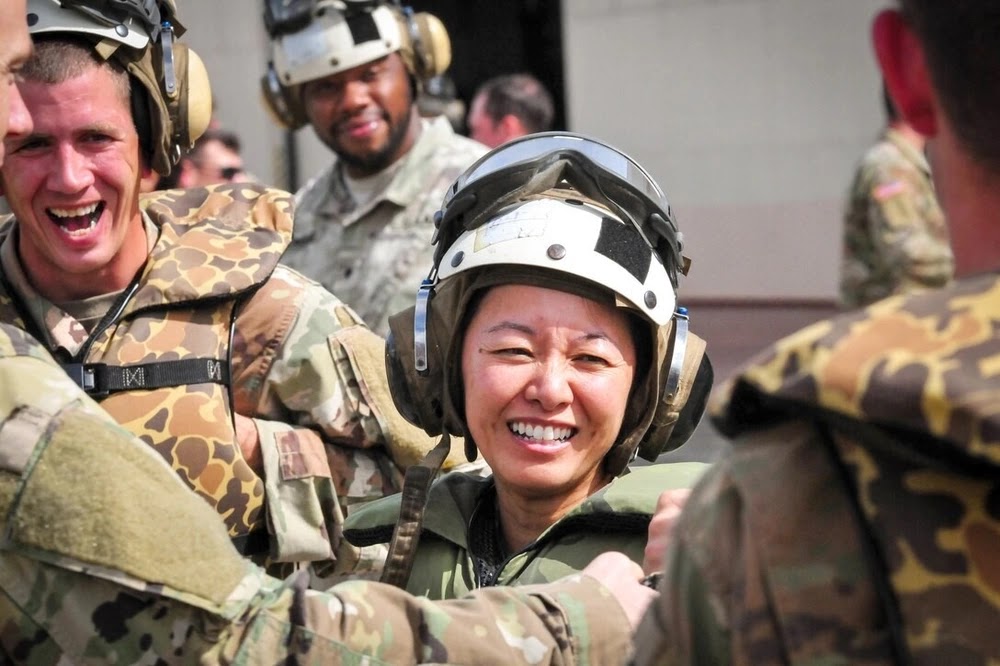SEOUL/TOKYO – The security landscape of East Asia was marked by a sharp contrast in activities this weekend, highlighting a growing geopolitical divide. As North Korea announced the successful test of a new defensive weapon system amidst escalating regional tensions, its democratic neighbors, Japan and South Korea, took a significant step in the opposite direction, agreeing to forge a closer and more cooperative bilateral relationship.
North Korea's Military Posturing: A New Defensive Capability
State media in Pyongyang announced that the Democratic People's Republic of Korea (DPRK) had successfully tested a new-type anti-aircraft missile. While details about the missile's specific capabilities were not disclosed, the test was declared a success and represents another step in the country's ongoing military modernization efforts.
This development is significant as it focuses on bolstering North Korea's defensive perimeter. An advanced anti-aircraft system is designed to deter and counter potential aerial threats from sophisticated aircraft and drones operated by South Korea and the United States. The test serves as a clear message that Pyongyang is continuing to enhance its military capabilities across all fronts—not only in offensive ballistic missiles but also in its ability to defend its own airspace.
The launch comes at a time of heightened tensions, following a series of weapons tests by North Korea and large-scale joint military exercises conducted by the U.S. and South Korea, which Pyongyang routinely condemns as rehearsals for an invasion.
A United Front: Japan and South Korea Enhance Cooperation
In a starkly different development, the governments of Japan and South Korea announced that they have reached an agreement to cooperate more closely and strengthen their bilateral relationship. This diplomatic breakthrough is a continuation of recent efforts to move past historical grievances that have often strained ties between the two nations.
Facing shared regional challenges, most notably the unpredictable threat from North Korea and an increasingly assertive China, Seoul and Tokyo have recognized the strategic necessity of a more unified stance. The agreement is expected to pave the way for enhanced cooperation in several key areas:
- Security and Defense: Including greater intelligence sharing and potentially more complex joint military exercises, often in a trilateral format with the United States.
- Economic Security: Collaborating on supply chain resilience and technology protection.
- Diplomatic Alignment: Presenting a more coordinated front on international issues.
This move is strongly supported by Washington, which views the Seoul-Tokyo partnership as a cornerstone of its Indo-Pacific strategy. The strengthening of this relationship signals a consolidation of alliances among U.S. partners in the region, aimed at creating a more stable and secure environment in the face of common threats.
Together, these two events paint a clear picture of a region at a crossroads: one path of continued military isolation and provocation, and another of diplomatic alignment and collective security.








